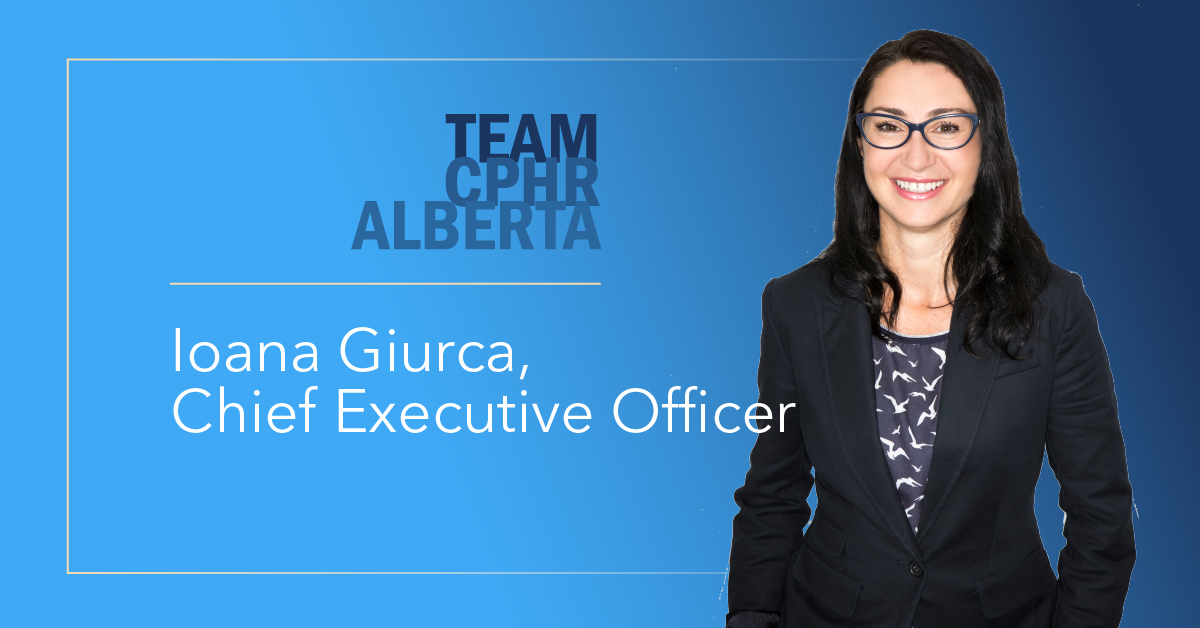
Appointment of the CPHR Alberta CEO!

Author: Lisa Watson, Chair, CPHR Alberta Board of Directors
In February 2022, the association began a thoughtful search for a new Chief Executive Officer. After engaging the membership and the CPHR Alberta operational team for input on the leadership characteristics to be considered, the Board undertook a formal Request for Proposal process to retain an independent executive search firm to support the association in this important search. In March, the Board selected Gallagher (formerly Optimum Talent) to partner with the CPHR Alberta Board CEO Recruitment Taskforce and lead the recruitment process.
Over the course of 2.5 months, Gallagher executed a comprehensive national search process. This process included stakeholder engagement, customized industry and role research, functional expertise, marketplace feedback and scientific assessment. To ensure a fair, consistent and equitable search process, all internal and external candidates were thoroughly vetted by Gallagher before being presented to, and interviewed by, the Taksforce. After thoughtful and diligent review, the Board is confident in our selection.
As a result of this extensive search process, on behalf of the Board of Directors, I am happy to announce the appointment of CPHR Alberta’s new permanent CEO, Ioana Giurca.
Ioana’s experience in the areas of leadership and governance positions her well for success in this role. Ioana has been employed by CPHR Alberta since 2009, holding various roles, mainly managing the finance, IT, administration, and HR functions. She has been serving as the interim CEO for the association since March 1, 2022, and in that time has demonstrated the ability to lead the organization, forge effective relationships on the national level, and continue to increase the profile of the organization, both in the public eye and with strategic partners.
I look forward to continuing the work we have started together, and would like to thank Ioana for the incredible work she has done for the association over the past several months.
Please join me in congratulating Ioana!
The views and opinions expressed in this blog post belong solely to the original author(s) and do not necessarily represent the views and opinions of CPHR Alberta.





